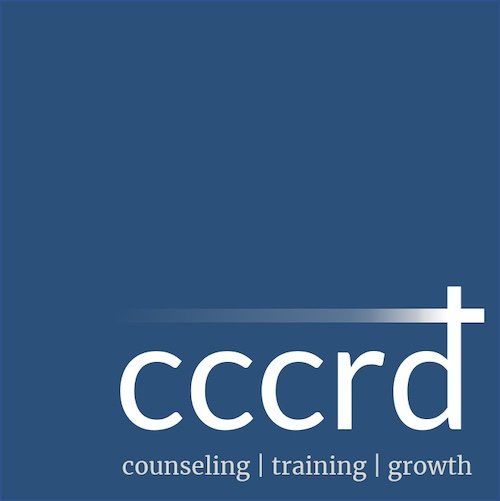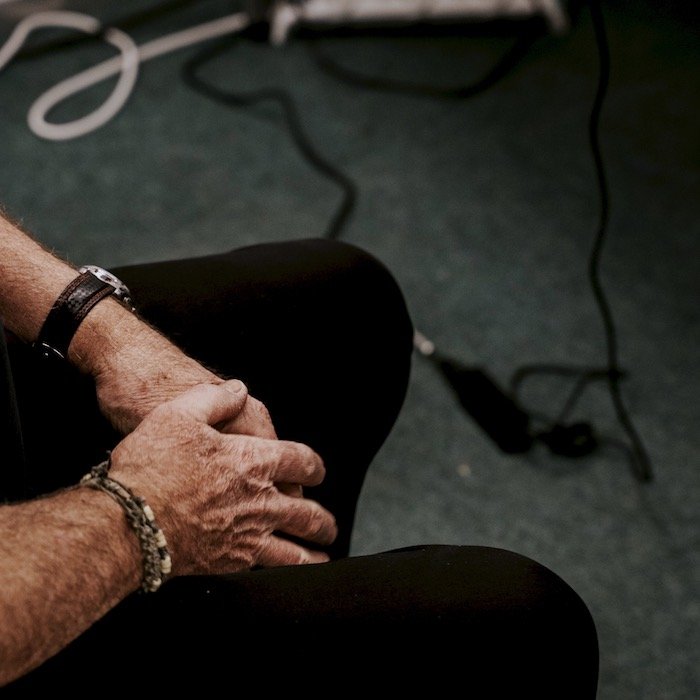5 Ways Social Anxiety Shows Up in Adulthood
What do you think of when you read the words “social anxiety?” You might picture a nervous middle schooler looking for a seat in the cafeteria, or a teen feeling awkward at a party. Social anxiety is often dismissed as a kid’s issue, but it can actually affect people throughout their entire life. What does social anxiety look like in adults?
How do I know if I am suffering with social anxiety?
Are you experiencing common levels of anxiety or a more significant social anxiety? It’s natural to feel some level of anxiety in different situations, like feeling nervous before a speech or keeping to yourself at a party. But social anxiety goes much deeper than that.
Social anxiety is characterized by an irrational fear of being humiliated, embarrassed, or rejected in any social situation. This can be on the phone, over a video call, in-person—really any kind of interaction. A fear is considered “irrational” when it comes up with no actual threats existing or fearing a future that has yet to happen.
What does social anxiety look like in adulthood?
What does it look like to experience social anxiety as an adult? Here are five characteristics of socially anxious individuals. Do you notice any of these in yourself?
1. Fearing the worst
When someone has social anxiety, they may overwhelmingly think of the worst thing that can happen to them in a social setting. They might picture tripping on the carpet or stumbling over their words. Or their fears might feel even more strange, like a strong compulsion to dump the punch bowl on their heads or tear down the curtains. Even if a person would never do something like this, the socially anxious person may have very persistent intrusive thoughts that cause them to fear what they could do.
2. Avoidance
Do you actively avoid social settings? Depending on the severity of social anxiety, a person may want to avoid all situations that involve other people. This can be very problematic. If a person is unwilling to do things like go out, socialize, or use a camera for video calls, it can be detrimental to a healthy, functional life. Such a lack of connection and community can even lead to other disorders like depression and other forms of anxiety.
3. Rusty social skills
Social skills need practice. The longer a person avoids talking and interacting with others the more difficult it is going to be to gain those social skills. Social skills can include: small talk, approaching people, making friends, or making necessary relationships for job opportunities.
4. The previous and next generations
What social behaviors did you learn (or get) from your parents? Social anxiety tends to form in childhood or adolescence, but there is a genetic component to it too. This means that a child with a parent or close relative with social anxiety may inherit that trait. Add to this that social anxiety can be a learned behavior, and it’s extra difficult. If a child grows up watching a parent deal with or model social anxiety, they are also likely to develop it.
5. Letting others speak for you
Do you let others speak up for you? When suffering from social anxiety, a person may let others accommodate their anxiety by speaking for them. This lack of personal agency can lead to things big and small, from being in situations you did not want to be in to eating something you did not want to eat because you let someone else order for you.
You are seen and heard
Social anxiety is not something that only happens to children. It’s real for adults too. It may be difficult to admit to having social anxiety as an adult, and it might not even be easy to recognize. But if you have social anxiety, know that you are seen and heard. There are ways to help you develop the tools you need to lead a healthy and social lifestyle. There is hope that it can be managed with the appropriate amount of effort and support.
We at CCCRD are also ready to listen, engage, and help you manage anxiety. Reach out to a counselor at cccrd.org/session.

